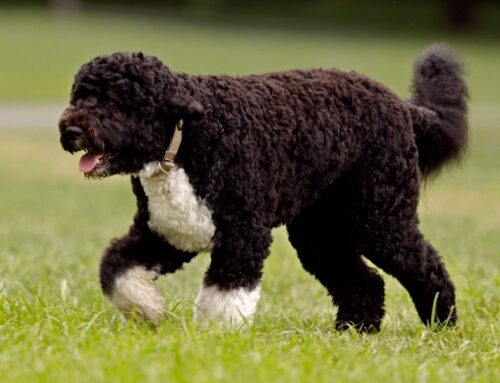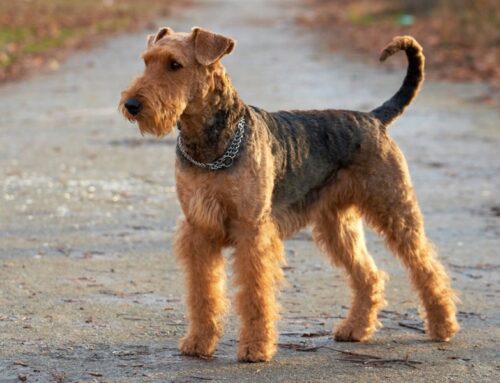There are a large variety of dog breeds that are considered “Spaniels”, but they have some common traits. They are used for hunting, usually birds. A well trained Spaniel will retrieve game birds without damaging the carcass, and are highly prized for not being gun shy.
They are categorized by three traits. A spaniel may be a flushing type, a water type or a pointing type. The type refers to the way the dog assists the hunter in the sport.
The Spaniel is an old breed of dog, so old that there are many theories on where it originated. Many assume Spain, but there are clues that make it possible that this dog has French, English, Italian, or even Celtic origins.
Depending on the particular breed a Spaniel may be small to large, with short legs or long. Most have medium length hair and need regular grooming. They may be reddish brown (usually called Liver) and white, black and white, or a mix of these colors. Fur may be straight or wavy, and is soft rather than wiry. Ears are invariably floppy, eyes are large and expressive, and the muzzle is broad.
Most have a gentle nature and make excellent family pets.
Some Spaniel breeds are (from smaller to larger breeds):
- American Cocker Spaniel
- American Water Spaniel
- Blue Picardy Spaniel
- Boykin Spaniel
- Brittany Spaniel
- Cavalier King Charles Spaniel
- Clumber Spaniel
- Deutscher Wachtelhund (German Spaniel)
- Drentse Patrijshond (Dutch Partridge Dog) (possibly)
- English Cocker Spaniel
- English Springer Spaniel
- Field Spaniel
- French Spaniel
- Irish Water Spaniel
- King Charles Spaniel
- Kooikerhondje
- Munsterlander (large)
- Papillon Spaniel
- Picardy Spaniel (Epagneul Picard)
- Pont-Audemer Spaniel (Epagneul Pont-Audemer)
- Portuguese Water Dog
- Spanish Water Dog
- Stabyhoun – Stabij Dog
- Sussex Spaniel
- Welsh Springer Spaniel
Generally the larger breeds are calmer, with the smaller breeds being more nervous. Any size needs exercise regularly and as often as possible. The larger breeds make excellent country dogs. Smaller Spaniels do fine in apartments as long as they are trained to control barking.
Spaniels are generally extremely intelligent and respond readily to patient and kind training.






Leave A Comment